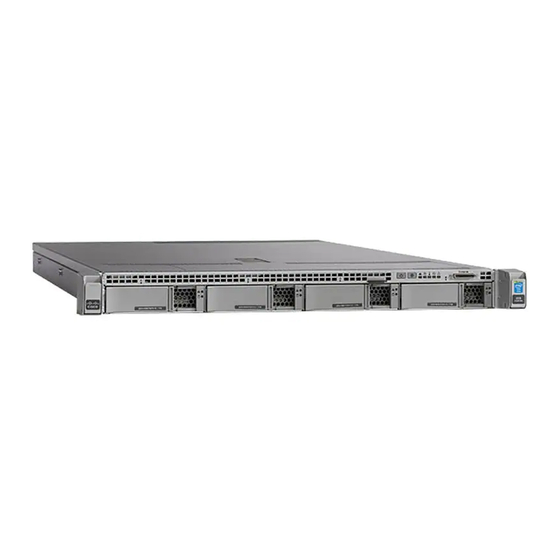Cisco Aironet 1500 Series 데이터시트 - 페이지 2
{카테고리_이름} Cisco Aironet 1500 Series에 대한 데이터시트을 온라인으로 검색하거나 PDF를 다운로드하세요. Cisco Aironet 1500 Series 8 페이지. Lightweight outdoor mesh access points
Cisco Aironet 1500 Series에 대해서도 마찬가지입니다: 시작하기 매뉴얼 (31 페이지)

All contents are Copyright © 1992–2006 Cisco Systems, Inc. All rights reserved. This document is Cisco Public Information.
Architecture
The Cisco Aironet 1500 Series is a component of the
Cisco Wireless Mesh Networking
the wireless LAN to provide scalable management, advanced security, seamless mobility, proven
reliability, and mobility services, such as multiple Service Set Identifiers (SSIDs) and quality of
service (QoS) for voice, video, and data applications. The Cisco Aironet 1500 Series is managed
and monitored by Cisco wireless LAN controllers and the Cisco Wireless Control System (WCS).
It supports zero-touch configuration deployment to easily and securely join the mesh network.
Flexible, high-powered, high-sensitivity radio options, along with a selection of high-gain antennas,
allow coverage to be scaled as capacity needs increase. The Cisco Aironet 1500 Series is
compliant with Wi-Fi Protected Access 2 (WPA2) which employs hardware-based Advanced
Encryption Standard (AES) encryption between wireless nodes to provide end-to-end
enterprise-class security.
Features and Benefits
Table 1 describes the features and benefits of Cisco Aironet 1500 Series Lightweight Outdoor
Mesh Access Points.
Table 1.
Features and Benefits
Feature
Patent-pending Adaptive
Wireless Path Protocol
(AWPP)
Bridging
Cisco Unified Wireless Network
Solution. The unified architecture centralizes key functions of
Benefit
● Forms a wireless mesh network between nodes.
● Designed specifically for a multiradio platform to handle acute environmental
interference as well as self-interference, optimizing
system-level network performance.
● Dynamically optimizes traffic routes between nodes for high network resiliency
and high system capacity.
● Self-heals from interference or outages, reducing management costs.
● Optimal Parent Selection scans all available channels to ensure that the mesh
optimizes network capacity.
● Exclusion listing provides exponential backoff and advance intelligence at the
access point to exclude as a parent any access point through which a link to the
controller cannot be established.
● Bridges remote networks over wireless in a point-to-point or point-to-multipoint
configuration, eliminating leased lines or providing an alternative backhaul.
● Allows remote peripherals, such as security cameras, to be bridged to the
network.
● Wireless link-distance adjustment allows the 802.11 protocols to be tuned for
optimal performance over extended bridging distances.
Data Sheet
and the
Page 2 of 8
